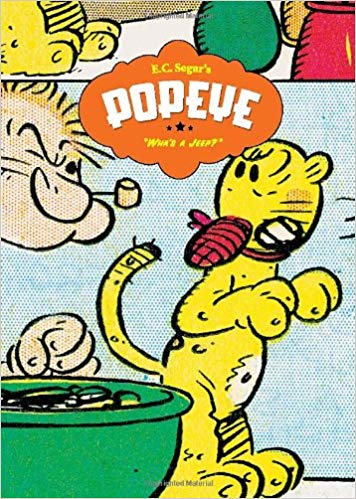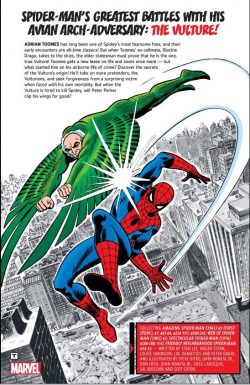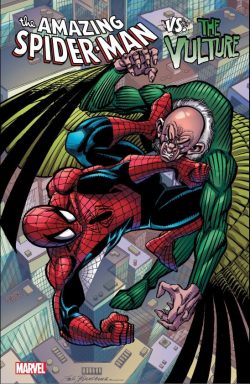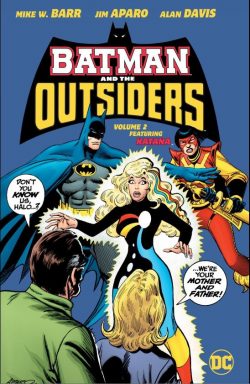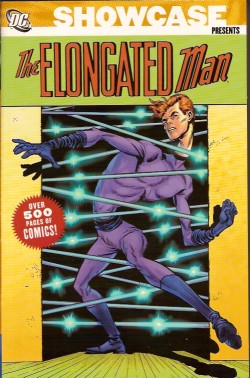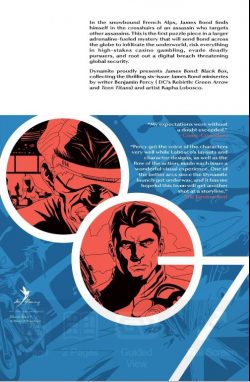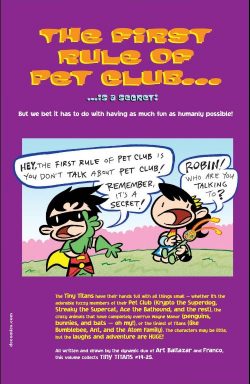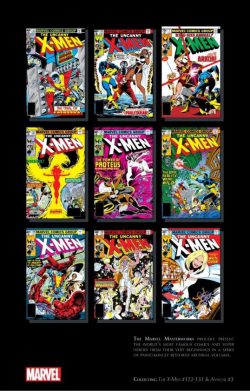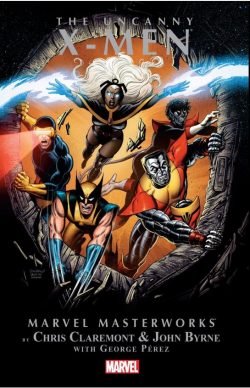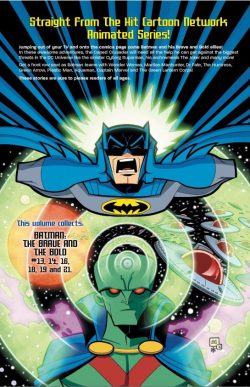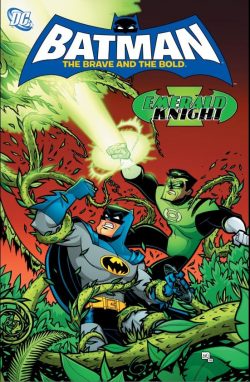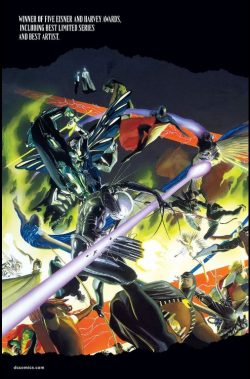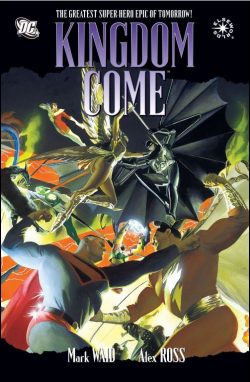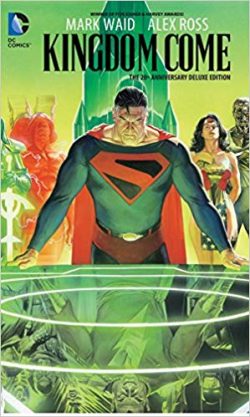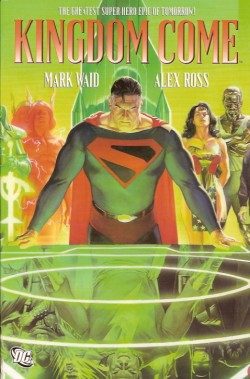

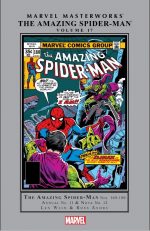
By Len Wein, Bill Mantlo, Archie Goodwin, Scott Edelman, Marv Wolfman, Ross Andru, Don Perlin, John Romita Jr., Sal Buscema & various (Marvel)
ISBN: 978-0-7851-9186-5 (HB)
Peter Parker was a smart yet alienated kid when he was bitten by a radioactive spider during a school science trip. Developing astonishing arachnid abilities – which he augmented with his own natural chemistry, physics and engineering genius – the boy did what any lonely, geeky nerd would do with such newfound prowess: he tried to cash in for girls, fame and money.
Making a costume to hide his identity in case he made a fool of himself, Parker became a minor media celebrity – and a criminally self-important one. To his eternal regret, when a thief fled past him one night, the cocky teen didn’t lift a finger to stop him. When Parker returned home he learned that his beloved guardian uncle Ben Parker had been murdered.
Crazed with a need for vengeance, Peter hunted the assailant who had made his beloved Aunt May a widow and killed the only father he had ever known, finding, to his horror, that it was the self-same felon he had neglected to stop. His irresponsibility had resulted in the death of the man who raised him, and the traumatised boy swore to forevermore use his powers to help others…
Since that night he has tirelessly battled miscreants, monsters and madmen, with a fickle, ungrateful public usually baying for his blood even as he perpetually saves them.
By the time of the tales in this 17th superbly scintillating full-colour hardcover compendium (and eBook) of web-spinning adventures the wondrous wallcrawler was a global figure and prime contender for the title of the World’s Most Misunderstood Hero. Spanning May 1976 to May 1977 and chronologically re-presenting Amazing Spider-Man#169-180 and Annual #11, plus a crossover story that began in Nova #12 (spanning cover-dates June 1977 to May 1978). The dramas are preceded by an appreciative appraisal from Len Wein in his Introduction before the action resumes with ‘Confrontation’ (by scripter Wein and illustrators Ross Andru & Mike Esposito), wherein obsessive personal gadfly J. Jonah Jameson accosts Peter Parker with photographic proof that confirms the lad is the hated wallcrawler. The evidence has been supplied by a mystery villain but even as our hero seemingly talks his way out of trouble, a new foe emerges in the corpulent form of evil psychologist Doctor Faustus who targets Spider-Man with drugs and illusions to prove ‘Madness is All in the Mind!’ (co-inked by Frank Giacoia)…
Next follows that aforementioned crossover…
The Man Called Nova was in fact a boy named Richard Rider. The new kid was a working-class teen nebbish in the tradition of Peter Parker – except he was good at sports and bad at learning – who attended Harry S. Truman High School, where his strict dad was the principal.
His mom worked as a police dispatcher and he had a younger brother, Robert, who was a bit of a genius.
Rider’s life changed forever when a colossal star-ship with a dying alien aboard bequeathed to the lad all the mighty powers of an extraterrestrial peacekeeper and warrior. Centurion Rhomann Dey had been tracking a deadly marauder to Earth. Zorr had already destroyed the warrior’s idyllic homeworld Xandar, but the severely wounded, vengeance-seeking Nova Prime was too near death and could not avenge the genocide.
Trusting to fate, Dey beamed his powers and abilities towards the planet below where Rich is struck by an energy bolt and plunged into a coma. On awakening, the boy realises he has gained awesome powers… and all the responsibilities of the last Nova Centurion…
Nova #12 (August 1977, by Wolfman, Sal Buscema & Giacoia) asks ‘Who is the Man Called Photon?’ by teaming the neophyte hero with the far-more experienced webslinger in a fair-play murder mystery, brimming with unsavoury characters and likely killers after Rich’s uncle Dr. Ralph Rider is killed by a costumed thief…
However, there are ploys within ploys occurring and, after the mandatory hero head-butting session, the kids join forces and the mystery is dramatically resolved in Amazing Spider-Man #171’s ‘Photon is Another Name For…?’ courtesy of Wein, Andru & Esposito.
Amazing Spider-Man Annual #11 follows as ‘Spawn of the Spider’ (by Archie Goodwin & Bill Mantlo, Don Perlin & Jim Mooney) pits the wallcrawler against a deranged and disgruntled movie special effects man who creates a trio of bio-augmented arachnoid monsters to destroy the wallcrawler…
Brief back up ‘Chaos at the Coffee Bean!’ was written by Scott Edelman and inked by Al Milgrom and details how Peter and Mary Jane Watson are caught up in a hostage situation at their college bistro. It’s probably most noteworthy as the pencilling debut of future superstar creator John Romita Jr.
ASM #172 features ‘The Fiends from the Fire!‘ (Wein, Andru & Giacoia) as Spidey trashes idiotic skateboarding super-thief Rocket Racer only to stumble into true opposition when old enemy Molten Man attacks, desperately seeking a way to stop himself evolving into a blazing post-human funeral pyre…
Mooney inked concluding chapter ‘If You Can’t Stand the Heat…!’ as a cure for the blazing villain proves ultimately ineffectual and personally tragic for Parker’s oldest friends, after which #174 declares ‘The Hitman’s Back in Town!’ (inks by Tony DeZuñiga & Mooney). This sees still relatively unknown vigilante Frank – The Punisher – Castle hunting a costumed assassin hired to remove Jameson, but experiencing an unusual reticence since the killer is an old army pal who had saved his life in Vietnam.
Despite Spider-Man being outfought and out-thought in every clash, the tale resolves with the hero somehow triumphant, even though everything ends with a fatality in the Mooney-embellished conclusion ‘Big Apple Battleground!’ in #175.
The remainder of this volume is taken up with an extended epic that sees the return of Spider-Man’s most manic opponent. Illustrated by Andru & DeZuñiga, ‘He Who Laughs Last…!’ features the return of the Green Goblin, who targets Parker’s friends and family…
When the original villain – Norman Osborn – died, his son Harry lost his grip on sanity and became a new version, equally determined to destroy Spider-Man. On his defeat, Harry began therapy under the care of psychiatrist Bart Hamilton and seemed to be making a full recovery. Now both patient and doctor are missing…
The assaults on Parker’s inner circle increase in ‘Goblin in the Middle’ (Esposito inks) with the emerald psychopath expanding operations to challenge crime-boss Silvermane for control of New York’s rackets whilst in ‘Green Grows the Goblin!’ (inked by Mooney) and ‘The Goblin’s Always Greener!’ (Esposito) a devious plot and shocking twist lead to a near-death experience for Aunt May before an astonishing three-way Battle Royale ends the crisis in ‘Who Was That Goblin I Saw You With?’
Added extras this time around include Gil Kane & Giacoia’s front-&-back covers for Marvel Treasury Edition #14 (The Sensational Spider-Man), and its frontispiece by Andru; House ads for Spider-family titles and 1977 Annuals, plus the usual biography pages to complete another superb and crucial selection starring this timeless teen icon and superhero symbol.
© 1976, 1977, 2015 Marvel Characters, Inc. All rights reserved.

